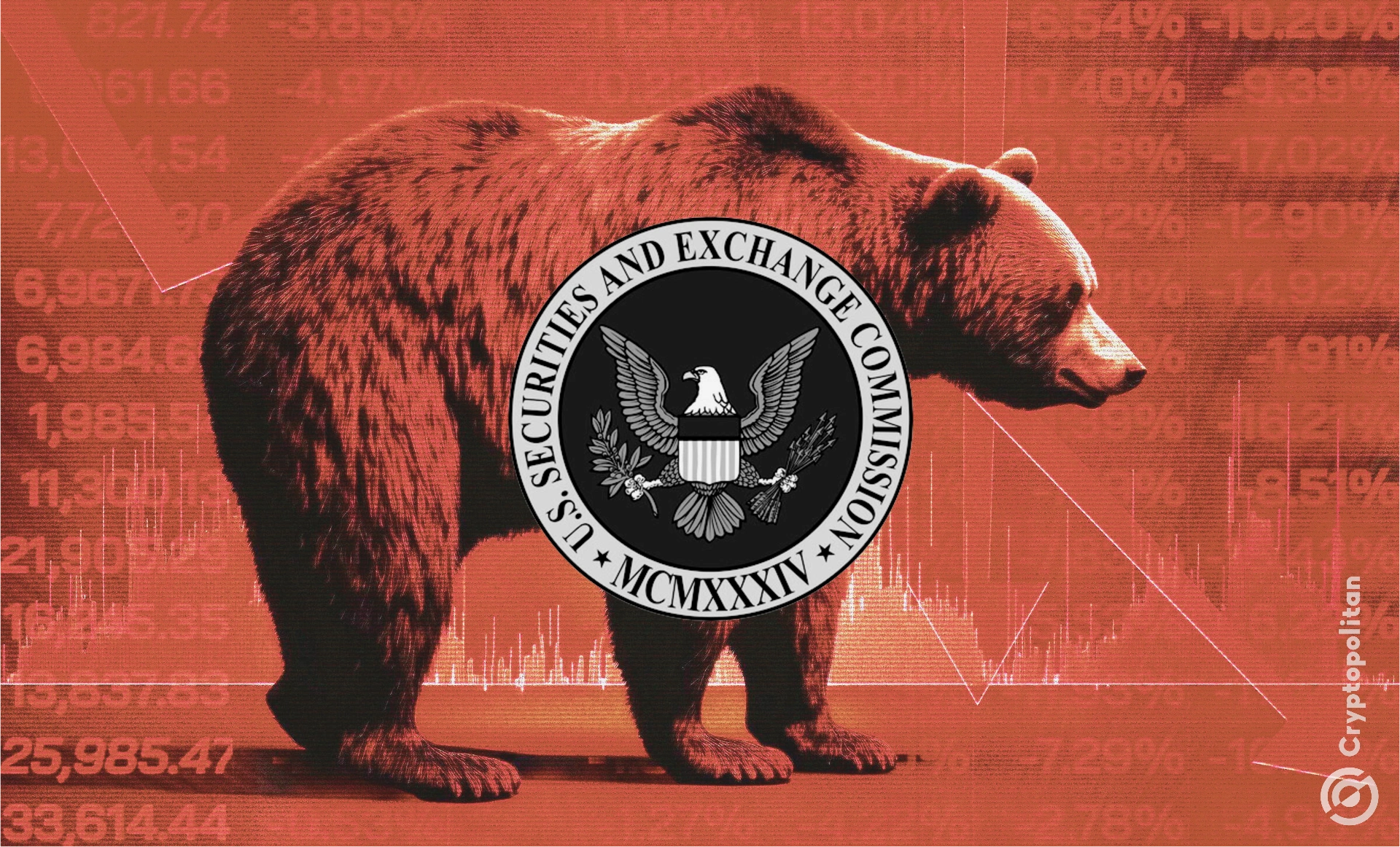On Friday, Federal Reserve Chair Jerome Powell sent a crystal-clear message: rate cuts are coming, and they’re going to keep coming. Sounds like a party for the financial markets, right?
Everyone is acting like these cuts are a golden ticket, boosting everything except maybe the dollar. But history has a way of pulling the rug out from under these rosy expectations.
The reality is that aggressive cuts from the Fed might not be the sweet deal traders are hoping for. And if the past is any guide, these rate cuts could end up being a disaster for both the stock and crypto market.
Look, nobody loves cheap money more than investors. Lower interest rates mean cheaper loans, more borrowing, and hopefully, more spending. Sounds like a recipe for higher stock prices and a healthier economy.
But the thing is, if the Federal Reserve slashes rates too much or too fast, it could send a message that something’s seriously wrong with the economy.
And if that happens, it could spook the markets big time. Traders might think they’re getting a head start, but they could just be speeding toward a cliff.
Rate cuts and their nasty surprises in the stock market
Interest rate cuts can be a double-edged sword. Sure, on paper, lower rates make borrowing cheaper for businesses and consumers. That should, in theory, lead to more spending, more hiring, and, you guessed it, more profits.
Stocks should go up, right? Well, not so fast. If the cuts are too steep, they might actually signal that the economy is in worse shape than everyone thought. And that’s when things could go sideways.
For instance, the financial sector—banks and other lenders—usually make more money when rates are higher. They get to charge more interest on loans.
But when rates drop like a rock, their profit margins can get squeezed tighter than a pair of skinny jeans after Thanksgiving dinner. Not good.
And then you’ve got real estate and utility companies. They typically do better when borrowing is cheap because people can afford to buy homes and invest in infrastructure.
But if everyone thinks the rate cuts are a sign of panic at the Fed, those gains might evaporate faster than a rain puddle in July.
What it got to do with crypto
The crypto markets, where we nerds love to play, are a whole different animal. With their high volatility and wild price swings, they thrive on uncertainty—and nothing says uncertainty like a sudden rate cut.
When the Fed cuts rates, traditional investments like bonds and savings accounts become less attractive because they offer lower returns. That’s when risk-hungry investors might start piling into cryptocurrencies, hoping to hit it big.
But hold on a second. This isn’t all rainbows and unicorns. A flood of new money into Bitcoin could lead to speculative bubbles—kind of like what we saw in the last bull run.
Prices could shoot up in the blink of an eye, only to crash back down when reality sets in. It’s like playing with fire. Sure, you might get warm, but there’s also a good chance you’ll get burned.
There’s also the issue of correlation. Cryptocurrencies have shown they don’t always move in lockstep with traditional financial markets, but sometimes they do. If stocks are rallying because of the rate cuts, crypto might see some of that action too.
But if the rate cuts spook investors and stocks tank, we might see a flight to safety that leaves crypto in the dust. It’s a coin toss, really, and not the kind we want to be betting our life savings on.





